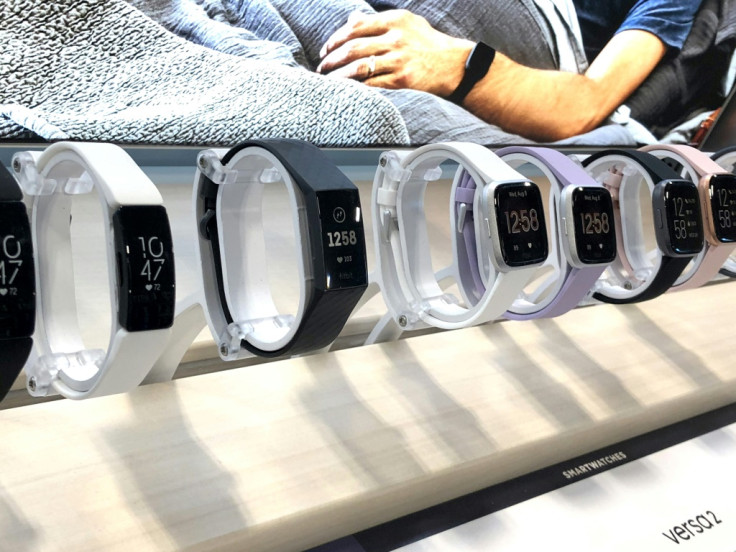Research unveils the challenges and promise of wearables
The realm of wearable technology offers vast potential for enhancing our lifestyles; however, a consortium of global researchers highlights that this swiftly evolving domain also ushers in substantial hurdles.

In a recent research study published in the British Journal of Sports Medicine, an international team of scientists has shed light on the multifaceted challenges facing the wearables industry.
The study, authored by leading experts in the field, emphasises the urgent need for the standardisation of devices and data, the necessity of bridging the gap between research and industry, and the critical implications of ownership inequality. As wearables continue to permeate everyday life, these revelations have profound implications for the future of health research and public well-being.
The rise of wearables: A snapshot of ownership
The meteoric rise of wearables, such as smartwatches and fitness trackers, has reshaped the way individuals engage with their health and physical activity. According to recent statistics, approximately one-third of adults in the UK currently own a smartwatch or fitness tracker, indicative of the widespread adoption of these devices.
Notably, a 2021 Australian survey revealed that 24 per cent of respondents utilised fitness trackers, while 23 per cent integrated smartwatches into their daily routines. However, beneath these usage numbers lies a crucial challenge – a significant portion of users do not fully comprehend the transformative potential of wearables in enhancing our understanding of the intricate relationship between everyday activities and overall health.
Revolutionising health insights through wearables
Professor Emmanuel Stamatakis, co-lead of the study and a prominent figure in the field, underscores the transformative capacity of wearables combined with rapidly advancing artificial intelligence.
"The use of wearable devices in research," noted Stamatakis, "allows us to unlock how micro-patterns of daily activity relate to a person's risk of premature death, cardiovascular disease, and even cancer."
These unobtrusive devices have the power to capture subtle physical activities that often go unnoticed, providing a comprehensive and accurate picture of an individual's daily movement patterns.
Professor Jason Gill, co-lead of the series and an expert in Cardiometabolic Health at the University of Glasgow, emphasised the groundbreaking shift in understanding facilitated by wearables, saying: "We now understand that the relationship between physical activity and health is much stronger than previous studies based on self-reported data suggested."
This revelation highlights the critical importance of harnessing wearables as research tools to inform evidence-based guidelines for optimal physical activity and promote healthier lifestyles.
The challenges on the horizon
However, the path to harnessing the full potential of wearables is strewn with formidable challenges, many of which are exacerbated by the rapid pace of technological advancement. A prominent obstacle identified by the experts is the lack of standardisation across wearables, both in terms of devices and the data they generate.
While consumer-grade devices like Fitbit and Garmin are popular among individual users, research studies overwhelmingly rely on research-grade accelerometers due to their consistency and scientifically validated properties.
The divergence between consumer devices and research-grade equipment is a significant hindrance, as the proprietary algorithms employed by consumer devices remain enigmatic "black boxes" to scientists.
Moreover, the proliferation of different brands, models, frequent updates, and stringent corporate regulations concerning data ownership and privacy contribute to the complex web of challenges.
The road ahead: Collaboration and innovation
In response to these challenges, the call for collaboration between academia, industry, and regulatory bodies echoes loudly. Professor Stamatakis, who is also inaugurating the Mackenzie Wearables Research Hub at the University of Sydney's Charles Perkins Centre, stresses the urgency of adaptation and swiftness in overcoming these obstacles.
"The research cycle can be slow, but that's not an option here. We have to adapt and move quickly if we are going to make the most of the opportunities wearables present – or be prepared to miss the train," emphasised Stamatakis.
The potential for wearables to revolutionise health research and provide tailored, evidence-based recommendations for physical activity is tantalising. Bridging the gap between research and industry, and establishing standardised protocols for data collection, analysis, and interpretation, are paramount for unlocking this potential.
As wearables continue to evolve and integrate with our daily lives, their impact on public health cannot be underestimated. The research serves as a clarion call for a concerted effort from all stakeholders to address challenges and capitalise on the unparalleled opportunity to usher in a new era of personalised health insights, guided by wearable technology.
In a world where quantified self-measurement is becoming the norm, the convergence of scientific rigour, technological innovation, and collaborative spirit will shape the trajectory of wearables in health research.
The journey may be arduous, but the destination promises a future where wearables illuminate the path to healthier lives for individuals and communities alike, the journal mentioned.
© Copyright IBTimes 2025. All rights reserved.






















